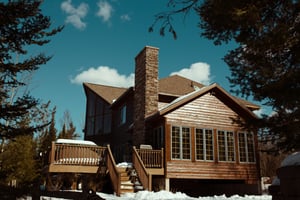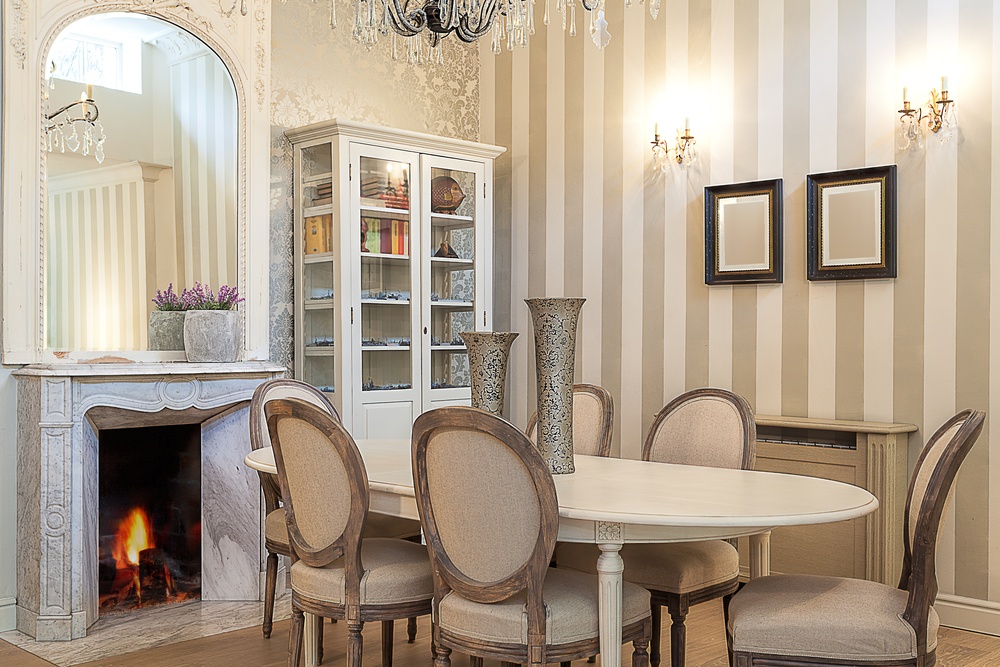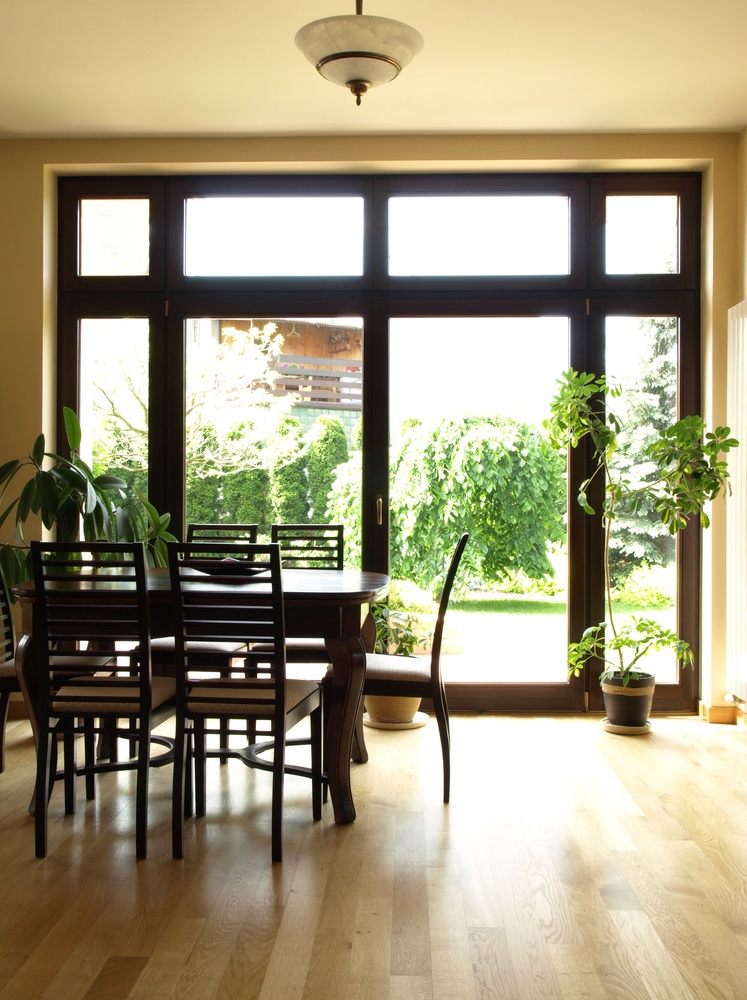 Opening up your floor plan can give your home an 6% instant bump in value. At the same time, simply refreshing your windows with new ones can slap on an additional $8,500. So what happens when the two are combined to make the home both more open and more welcoming to the outside? Two things: home bliss and even more value. People often invest well-spent time into improving the patio: the gateway between the outdoors and our indoor haven. However, a complete re-thinking of the relationship between what’s outside and what’s inside can reveal some exciting possibilities.
Opening up your floor plan can give your home an 6% instant bump in value. At the same time, simply refreshing your windows with new ones can slap on an additional $8,500. So what happens when the two are combined to make the home both more open and more welcoming to the outside? Two things: home bliss and even more value. People often invest well-spent time into improving the patio: the gateway between the outdoors and our indoor haven. However, a complete re-thinking of the relationship between what’s outside and what’s inside can reveal some exciting possibilities.
It’s a Fact: We Love the Outdoors
The primary job of the home is to be a shelter. However, it is easy—and common—to take the idea of blocking out the outside a little too far. We love the outdoors. When we go for a walk, we don't head to a gym. No, option one is to bask in the sunlight. Your love for the outdoors can even be incorporated into the garden. A circuit training course could be installed around the garden or even through the garden. This transforms the home into a personal exercise center, adding value and practicality to your property. This enhances our health as well because the more exposure to the outdoors, the better. Considering the human need for vitamin D, we are essentially as solar powered as the plants and trees we love gazing at whenever we venture outside.
How to Combine Outdoor and Indoor Living
Traditional architecture stipulates a closed home. However, with outdoor-loving millennials accounting for 34% of recent home buying, things are changing. To start blurring the boundaries between the outside you love so much and your indoor shelter, open things up. The primary living spaces—the kitchen and living room—will need direct access to the outside. You may be more comfortable making the access point the back of the property in order to preserve privacy. Stand in the living space and look toward the outdoor area you want to bring in. Your objective should be to have unobstructed access to the outdoors that’s at least six feet wide.
In addition, you can take it to the next level by bringing activities that are typically done outdoors to the comfort of your home. For instance, you can install an indoor climbing wall. If your home has two levels, this can be done with some fairly straightforward remodeling. Even if you have a single level home, you could open up the ceiling, extend the climbing wall up and out, and then cap it off with a gable roof. Even if the house were to be sold and the climbing wall moved, it would still have a beautiful, dramatic double height that lets in tons of fresh light.
The Work Involved
At the most, these enhancements may involve moving a wall partition. If it is load-bearing, you can have an LVL beam installed or perhaps a lally column to keep the space structurally sound. The gateway to the outside is most easily attained using a sliding glass door. Install load-bearing supports between sliding glass doors that cover spaces that are too wide. Your local building codes will stipulate the minimum lengths required.
Blur the Boundaries Some More
On walls perpendicular and parallel to the space, put up a couple of large mirrors. These will reflect the outdoors even when you’re not facing it. Play with the positions of the mirrors until you are able to see the outdoors at least 75%. You can take it a step further to coordinate the color scheme of your living spaces to compliment the flora outside as well.
The key is to get creative. Moving walls, opening spaces and installing windows and glass doors are straightforward renovations that should be embraced. What you are doing basically amounts to an act of peace. You are reconciling the difference between your two homes: the one you live in—and the one you play in.

Sally Collins
Sally Collins is a professional freelance writer with many years experience across many different areas. She made the move to freelancing from a stressful corporate job and loves the work-life balance it offers her. When not at work, Sally enjoys reading, hiking, spending time with her family and traveling as much as possible.





